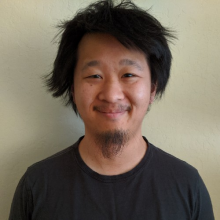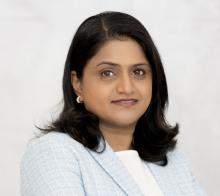Summary
Disclaimer: This summary has been generated by AI. It is experimental, and feedback is welcomed. Please reach out to info@qconsf.com with any comments or concerns.
The presentation titled "Building Resilient Platforms: Insights from 20+ Years in Mission-Critical Infrastructure" by Matthew Liste covers critical principles for constructing infrastructure platforms in the financial services sector, with applications for other mission-critical environments as well.
Key Points Discussed:
- Platform Definition: Platforms are described as integrated technologies forming a foundation for application development. Examples include cloud providers like AWS, Azure, and GCP, which offer foundational infrastructure for developers.
- Core Principles:
- Intuitive Experience: Platforms should be intuitive and hide complexity, allowing seamless user interaction.
- Three S's: Platforms must be stable, secure, and scalable to support mission-critical software, with varying 'nines' of uptime based on commercial needs.
- Commonality: Platform components should use uniform observability, identity semantics, and namespace to work cohesively.
- Evergreen Nature: Continuous upgrading and managing of platforms are essential to remain contemporary and minimize client impact during upgrades.
- Abstract, Don't Obfuscate: Different abstraction levels are necessary for different customer needs, providing visibility into platform internals without overcomplicating.
- Cultural Impact: A supportive culture that empowers teams and encourages diversity of thought is crucial for successful platform development.
Conclusion: The insights emphasize the importance of stability, security, scalability, and a strong engineering culture in building platforms that underpin mission-critical services. These principles help ensure platforms remain reliable and scalable while allowing innovation within a structured framework.
This is the end of the AI-generated content.
Abstract
In this talk, Matthew will describe lessons learned from over 20+ years of building scalable, secure and stable infrastructure platforms for software in financial services (electronic trading, credit card processing etc.), the talk is relevant to anyone building platforms for mission-critical workloads. This talk takes a first principle lens on building platforms that must balance constant innovation and systemic significance.
The audience should expect to take home rich insights into:
- What to expect when building and sustaining platforms for years
- Balancing maintaining currency vs client disruptions
- How to avoid compromises on security, stability and scalability.
Interview:
Why is it critical for software leaders to focus on this topic right now, as we head into 2026?
Platform Engineering is vital for building critical systems. This talk will cover key principles and lessons from over 20 years of experience developing platforms for mission-critical software.
What is your session about, and why is it important for senior software developers?
This session provides senior developers with essential principles for building stable, secure, and scalable platforms, based on over 20 years of experience.
What's one thing you hope attendees will implement immediately after your talk?
Attendees will use insights from this session to build and scale platforms effectively.
Speaker

Matthew Liste
Head of Infrastructure @American Express, Previously @JPMorgan Chase and @Goldman Sachs
Matthew Liste is the Executive Vice President and Global Head of Infrastructure for American Express. In this role he oversees the company’s global technology infrastructure services and resources, including engineering and operations, as well as site reliability engineering and application support, for all lines of business.
He was previously at JP Morgan Chase, where he most recently served as Head of Platform Services for Global Technology Infrastructure, overseeing the design, build, and management of the bank’s platform infrastructure. Among his accomplishments were leading the incubation and build of the bank’s private cloud platforms and the usage of public cloud, resulting in a significant portion of the bank’s application portfolio now running on hybrid cloud platforms. Matthew has been widely recognized for building a strong culture of innovation and engineering discipline.
Prior to joining JP Morgan Chase, Matthew spent nearly a decade at Goldman Sachs, and was named Managing Director and Technology Fellow in 2011. During his tenure, he held several engineering roles, including network engineering, global network/voice operations, and compute and storage engineering. Matthew held prior roles in telecom and networking technology companies, and started his career working for Schlumberger in marine seismic.
Matthew holds a BS in Computer Science from the University of Oslo in Norway. He and his wife Lorraine reside in Jersey City with their younger son; their older son lives away at college. Away from work, he enjoys spending time with his family, cooking, and traveling.







